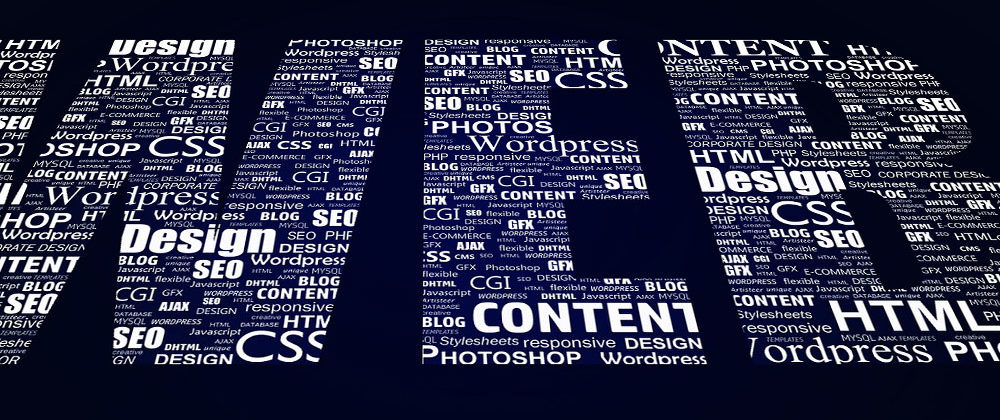
The Future of Web Design
“If you think math is hard try web design.”
― Trish Parr
Think of how you use a paper map compared to how you use Google maps. Or look at a printed resume versus a LinkedIn profile. How is a file cabinet in comparison to DropBox? Each of these situations show the central benefit of a website.
The beauty of a website is its ability to weave emotion and ease into communication and consumption.
This is the foundation of the Internet. We use the Internet to gain knowledge and experience feelings we otherwise could not. Wikipedia, Amazon, Facebook, TripAdvisor – the list could go on forever – are prolific websites because of the information they provide and the emotions they elicit.
The websites of the future will take this foundational principle and expound even further. We will see a move toward websites designed with stronger emotional charisma and even greater intuition.
7 Movements in Web Design We Will See by 2018
1. More Engaging Typography
Content marketing has led to information overload. And information overload does not help with everyone’s scarcity of time. This will yield a necessary evolution in web design: skimmability. Content-based websites such as Fast Company, Creative Bloq, and BuzzFeed are already implementing this.
I’m talking about longer titles, informative subtitles, more headings in the body of an article, and bolded and/or highlighted text. The main point of a 7-minute read will be identifiable within 2-5 seconds of scrolling.
2. Fullscreen Video Overlay
We already see fullscreen photo overlays in websites like Netflix and The Offshore Partners, and if there’s one thing that Internet history has taught us, video always follows photo. In the future, and even now, we will start landing on websites with full screen video backgrounds. Check out Cinnamon Toast, Chernoff Newman, and 53 Paper for examples.
3. Micro Experiences
Micro experiences are little animations or mini-apps embedded in a webpage that provide deeper levels of interaction. Wired Magazine‘s article cards move (ever so) slightly when the mouse pointer hovers over them. It’s subtle but it’s engaging.
Website.com has an embedded app, where you can see examples of integrations such as Instagram, MailChimp, and Google Maps. Here, you learn much of the capabilities of the website builder, without ever leaving the webpage.
4. Reduced Height
Ease simplifies.
This rule of web design shows up in the websites of major corporations. Instead of overloading the homepage with an ocean of products and services, news, and marketing pitches, established companies like Apple, Nike, GE, and BP all choose to present themselves with simple, short websites that require minimal, if any, scrolling.
5. Alternative Domain Suffixes
We are accustomed to the usual top level domains (TLDs) such as .com, .org, and .net. But this is changing. Visit a domain registrar like Godaddy and you’ll see this already happening. You can buy a domain suffix like .city, .guru, or .social.
In the future, get ready to see domains ending in .google or .amazon. The Internet Corporation for Assigned Numbers and Names (ICANN) is the organization in control of IP addresses, domains, and other Internet structures, with whom there is a long list of applications for privatized domain suffixes on the docket.
Some companies have begun using certain approved suffixes as a part of their brand name including infogr.am, visual.ly, and about.me.
6. Infographic Blogs
The science behind a logo states that the color, shape, and art engage more parts of the brain than just simple text. This causes greater memory recall and emotional attachment. In the same way, an infographic uses color, shapes, and art to explain the same point of a blog post, but with greater engagement to the brain.
I think we will be seeing more infographics and less text in the future of web design.
7. Unique
Drag-and-drop website builders and pre-composed themes only imitate originality. They are created for non-designer-types to put together a decent and failsafe website.
The next wave of web design trends is very much open. The adventurous web designer who finds the distinguishing balance between originality and familiarity will lead the crusade towards discovering the next “parallax”.

